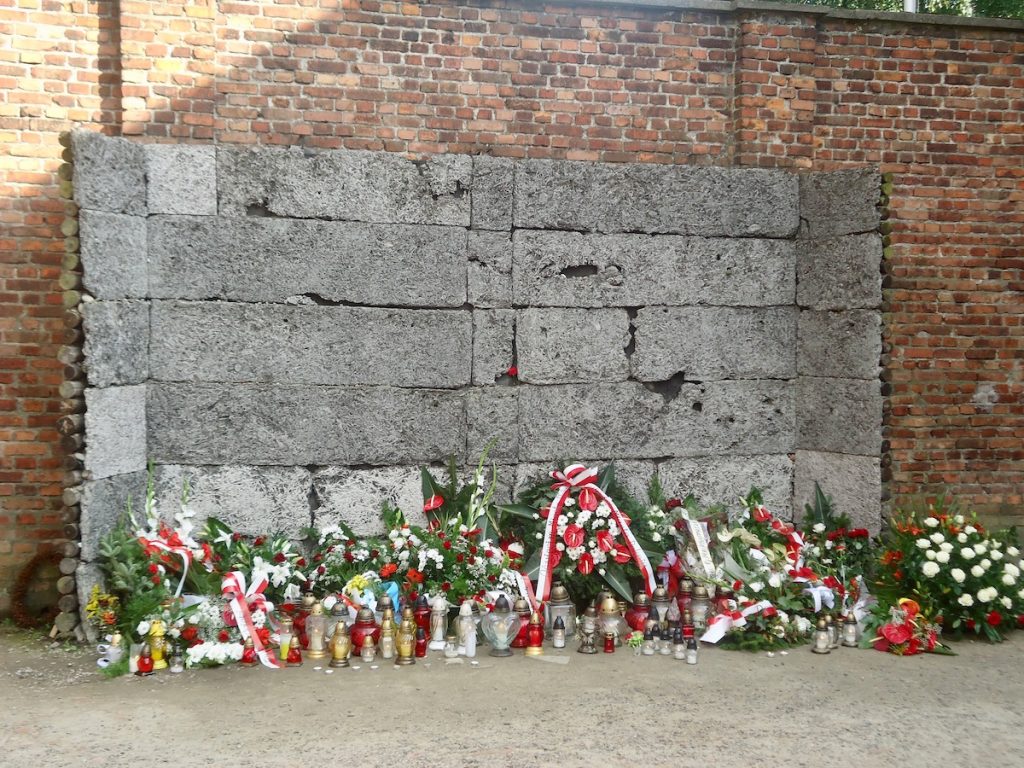Growing up in the UK, it’s almost impossible to escape the subject of World War 2.
I personally spent many nights proudly reading my Grandfather’s war letters, from when he served in parts of India during the 6-year conflict so I always had a vested interest in visiting WW2 sites in Europe once I started travelling.
The War left profound marks on most corners of the world and arguably Europe more so than most regions.
Some people find this type of travel a bit morbid and I do understand that at face value, but if you are interested in this particular part of history and want to pay homage to family members who sacrificed so much for us to be alive today to write/read this, then these are the best World War 2 places to visit in Europe.
Monte Cassino, Italy
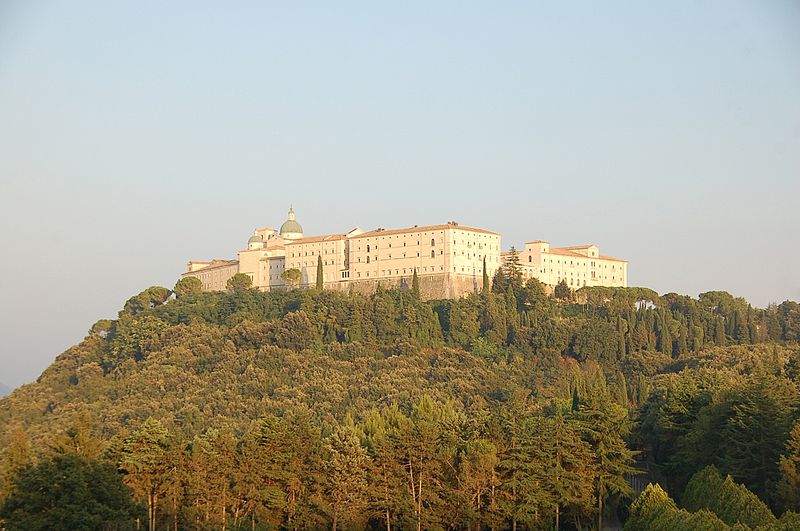
The first European WW2 site that I recommend is the picturesque Italian setting of Monte Cassino. The historic Benedictine Abbey perched on the mountain was the focal point of four major battles between the Allies and the Axis powers.
The goal was to break through the German defensive Gustav Line and open the way to Rome. Today, the rebuilt Abbey houses a museum/monastery where you can witness war relics and the struggle of the monks to preserve the Abbey’s invaluable heritage.
The nearby Polish War Cemetery and the Commonwealth War Cemetery are solemn reminders of the fierce combat that unfolded here. Visiting Monte Cassino is like stepping into a history book, with the serene Italian countryside juxtaposing the past’s violent history.
Auschwitz-Birkenau, Poland
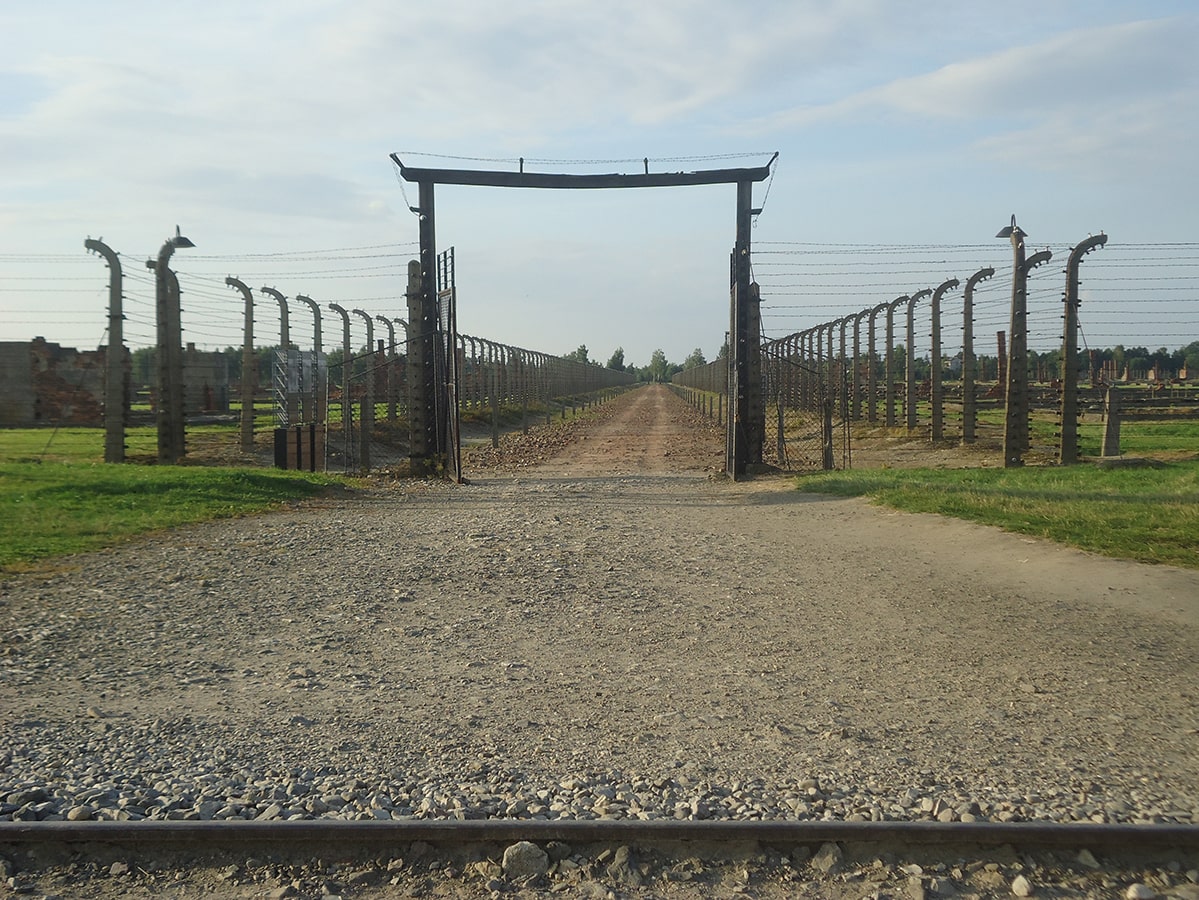
Needing no introduction the Auschwitz-Birkenau Concentration and Extermination Camp in Poland is an essential visit for those interested in WW2 and the landmark is subject to many cinematic pieces of art depicting the atrocities that happened during that period.
The scale of the atrocities committed here is difficult to comprehend, yet the preserved barracks, watchtowers, and railway tracks tell a story that must not be forgotten.
Walking through the camp is a chilling experience, ensuring that the memory of the victims is kept alive and reminding us of the depths to which humanity can sink. A visit here leaves not too much for the imagination and if you’d like to know more then feel free to read my account: Visiting Auschwitz: All You Need To Know & What To Expect
Mauthausen Concentration Camp, Austria
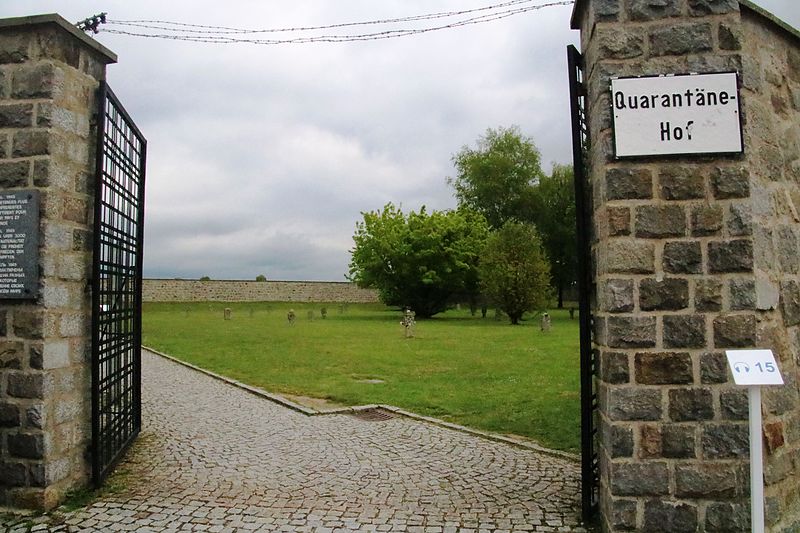
In Austria, the Mauthausen Concentration Camp is a sobering testament to the atrocities of the Holocaust and of course, has similarities to visiting Auschwitz.
As one of the largest labour camp complexes in the Third Reich, it bore witness to the unimaginable suffering of countless prisoners.
Today, the site is a well-preserved museum offering guided tours that give deep insights into life within the camp, serving as a poignant reminder of the importance of peace and humanity.
A prominent feature at Mauthausen is the “Stairs of Death,” where prisoners were forced to carry heavy stones up 186 steps from the quarry. The site’s location, atop a small hill, offers a view of the surrounding area, a distinct contrast to the horrors that occurred there.
The Imperial War Museum, UK
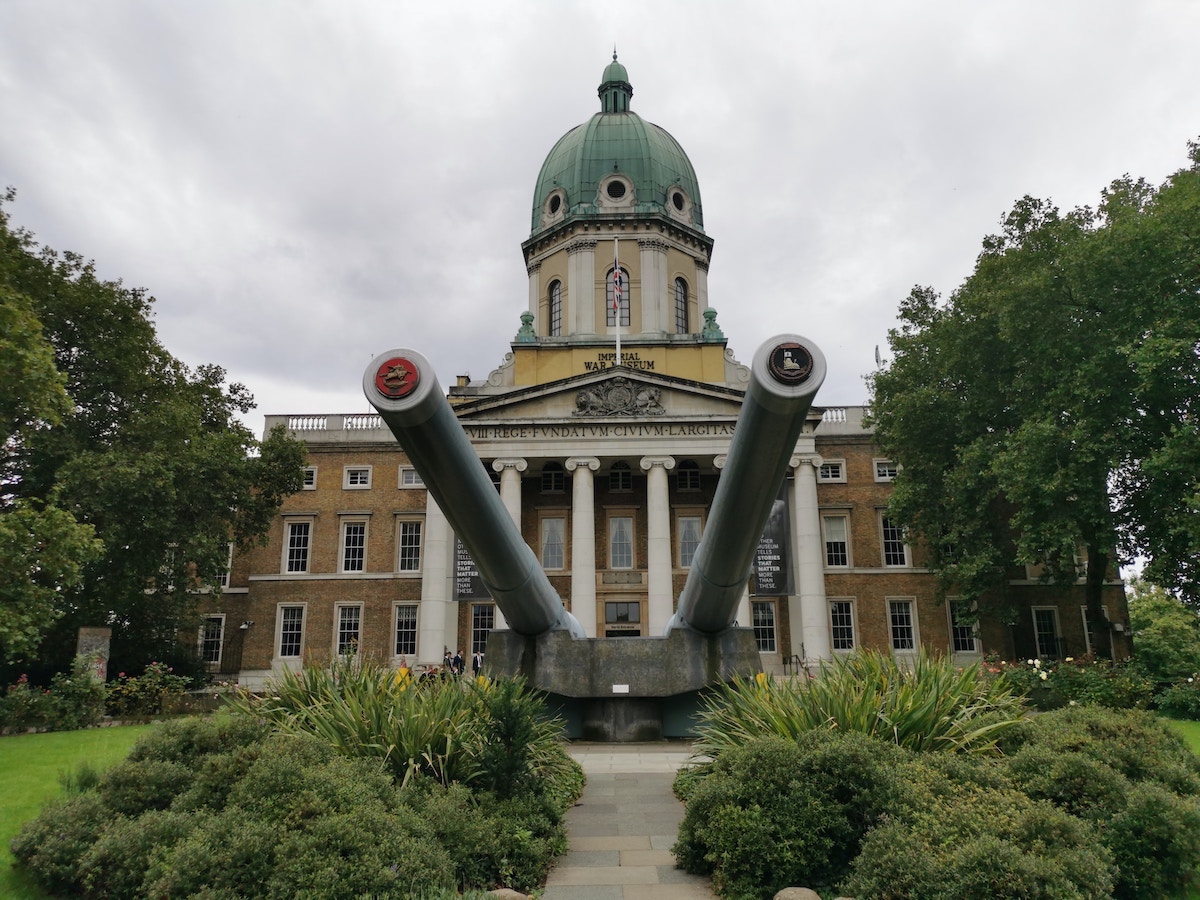
I’m not a big fan of museums but The Imperial War Museum in London is so well organised and well… it was only a long train ride for me when I lived in England.
This premier institution, housed in a former hospital building, is a goldmine of military history that delivers an absorbing, comprehensive look at Britain’s role in the conflict. The museum is one of the most compelling and accessible ways to understand the impact of the war and the personal stories of those who lived through it.
The World War II section at The Imperial War Museum is particularly expansive, seamlessly blending politics, warfare, and everyday life.
It dives into the war’s origins and unfolds the narrative with a mix of thought-provoking exhibits, firsthand accounts, and personal artefacts. One standout exhibit is “The Blitz Experience,” an interactive exhibit that transports you back to 1940 London, during one of the most intensive bombing campaigns of the war. The exhibit is designed to evoke the sights, sounds, and even smells of the war, making history come alive in a way few other museums can achieve.
St. Petersburg, Russia

Formerly known as Leningrad, St. Petersburg offers a glimpse into one of history’s longest and most destructive sieges.
The State Memorial Museum of the Defense and Siege of Leningrad chronicles the city’s 872-day struggle under German forces. The Piskariovskoe Memorial Cemetery, where almost 500,000 siege victims rest, gives you a palpable sense of the sacrifices made during this gruesome period.
This mass burial ground is the final resting place for over half a million people who died during the siege, most from starvation. The solemn monument and the eternal flame here serve as a reminder of the enormous human cost of the war.
Normandy, France
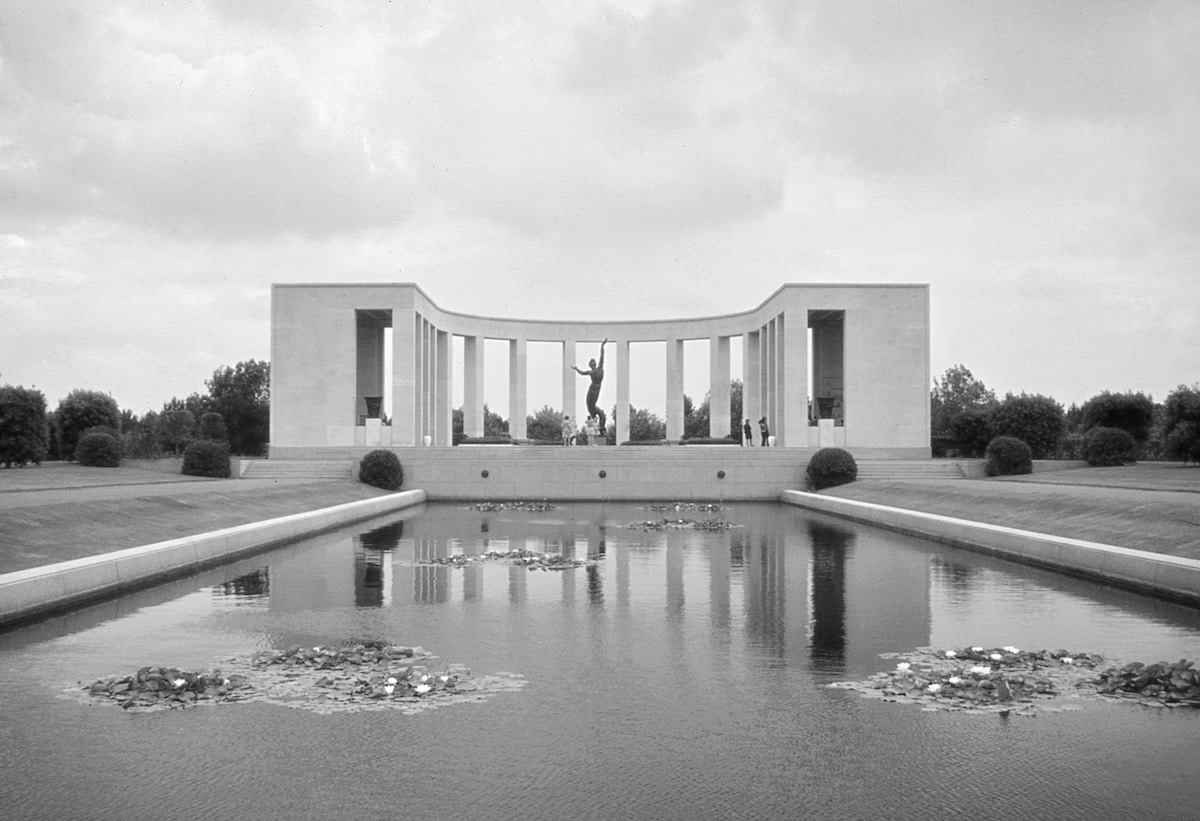
Travelling to the northwest coast of France, the beaches of Normandy are iconic for the D-Day landings and for travellers on WW2 tours.
Here, the tide of war turned in favour of the Allies. You can tread the same sands where the largest seaborne invasion in history took place.
The five beaches – Utah, Omaha, Gold, Juno, and Sword – span a 50-mile stretch of coastline and each tells a unique tale of the historic landings. The area remains virtually unchanged, with remnants of German defences and invasion infrastructure still visible.
Walking along these tranquil beaches, it’s humbling to imagine the immense bravery and strategic endeavour that unfolded from the war heroes here.
The Eagle’s Nest, Germany
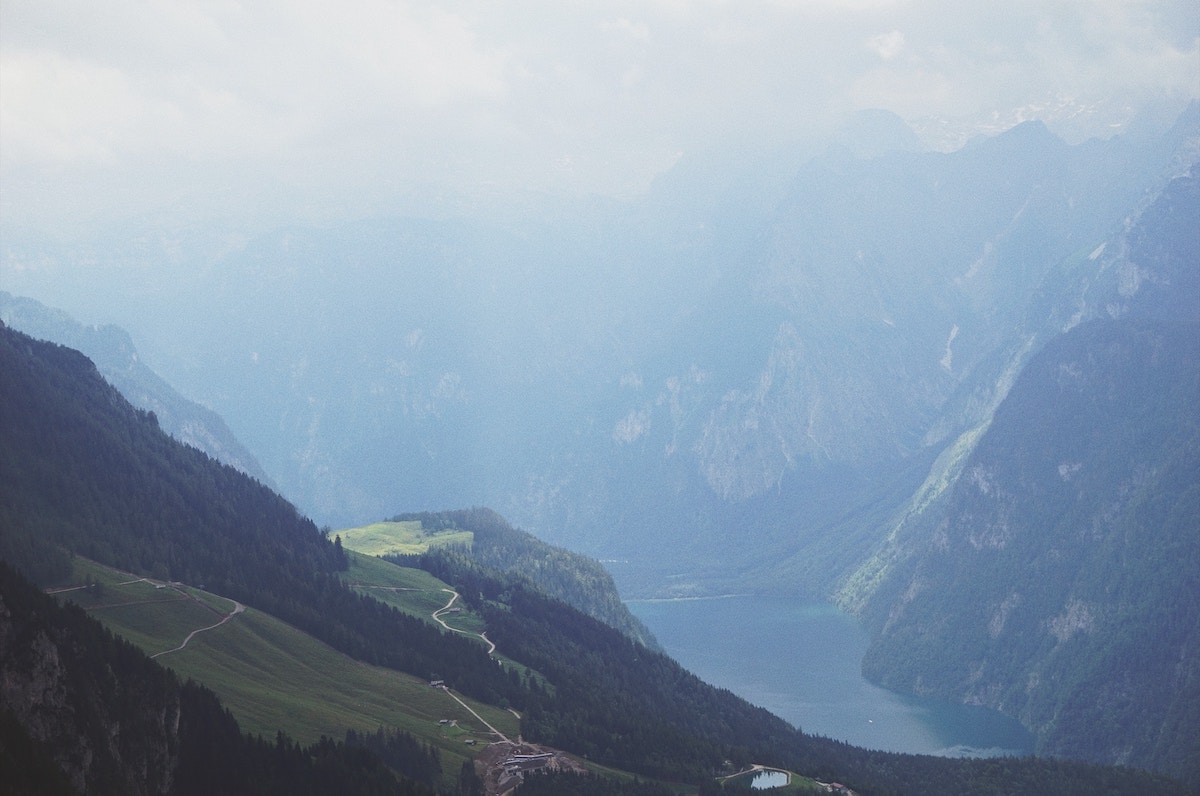
Located high in the Bavarian Alps, the Eagle’s Nest also known as Kehlsteinhaus was a retreat and meeting place for Adolf Hitler. With its breathtaking views and opulent interiors, it’s a stark contrast to the horror wrought by its former megalomaniacal occupant.
This one is understandably going to raise an eyebrow compared to the other options.
While it certainly seems odd to visit an important landmark for one of the worst men in history, if you act with a good level of decorum and learn about the historical significance of the place while taking in the views you can escape being boxed into a cringey “dark tourism” claim.
Anne Frank House, The Netherlands
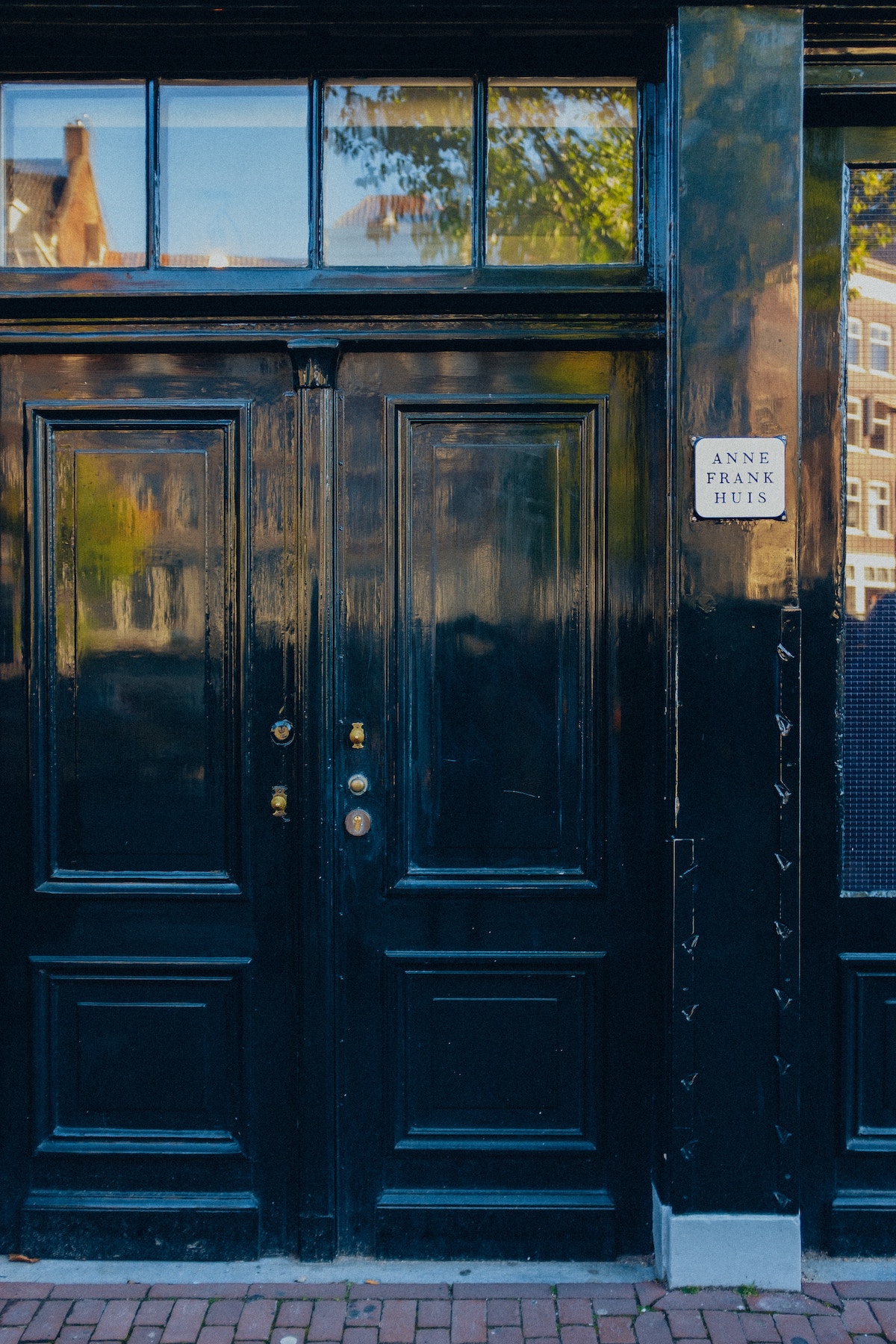
Lastly, in the heart of Amsterdam, the Anne Frank House offers an intimate look at the life of one of the Holocaust’s most well-known victims. The building where Anne and her family hid for over two years is now preserved as a museum.
Her original diary and other writings are displayed, offering an eloquent testimony of the human spirit’s resilience.
Visiting the Anne Frank House offers a deeply personal perspective on the war. You can walk through the rooms of the Secret Annex, the small apartment behind the company building where the Frank family and four other Jews hid. The space is maintained in its original state as much as possible to preserve authenticity, and the emptiness speaks volumes.
Original items that belonged to those in hiding, including historical documents and photographs, are on display throughout the museum. Visitors can also see the original diary of Anne Frank. In her diary, Anne chronicled her experiences in hiding, her fears, hopes, and dreams, providing a deeply personal insight into life under Nazi occupation.
These are just some of the countless World War II sites across Europe, each bearing witness to different facets of the conflict, echoing the pain, sacrifice, courage, and horror of those times and they are all solid entries for those keen on learning more about World War 2 as they travel throughout Europe.

